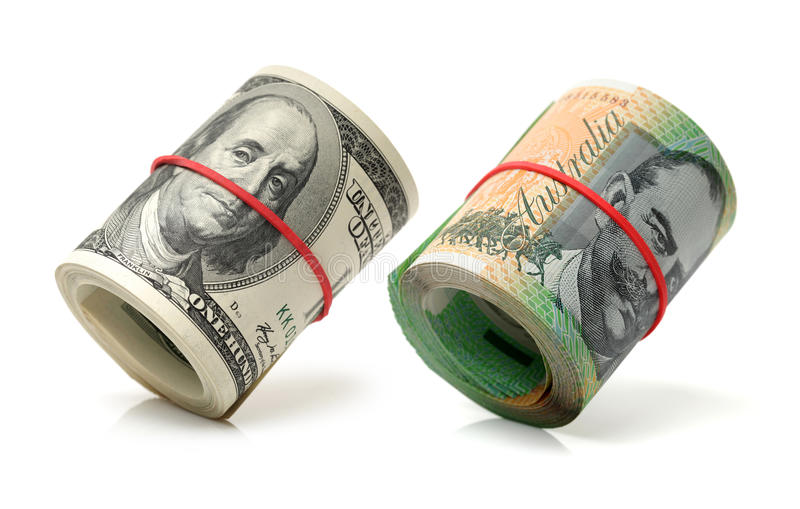Australian dollar hangs around the key level.
The Australian Dollar (AUD) Retraced its recent advances on Tuesday. Ahead of the Australian Government’s Yearly Budget Release, which is Scheduled for later in the day.
Australia’s Treasury Forecast that CPI Inflation will fall to 3.75% by mid 2024.
Treasurer Jim Chalmers hinted at Encouraging developments during Sunday morning television interviews. Implying that the next budget could show a faster Decrease in inflation than the Reserve Bank of Australia (RBA) projected, according to The Guardian.
The RBA’s dovish stance put pressure on the Australian dollar.
The Australian dollar was under pressure following the RBA’s less hawkish tone. After deciding to keep the interest rate at 4.35% last week. Markets were abuzz with speculation. That the central bank will adopt a more hawkish stance, fueled by recent Inflation data that Exceeded Forecasts.
The US dollar remained firmer as Fed officials imply that higher interest rates will be maintained for an extended period of time.
The US Dollar Index (DXY), which measures the performance of the US Dollar (USD) versus six major currencies. Rises on cautionary remarks from Federal Reserve (Fed) officials emphasizing the importance of maintaining higher interest rates for an extended length of time. While inflation stays high. On Monday, Fed Vice Chair Philip Jefferson reinforced this sentiment, arguing. That current interest rates should be kept Unchanged until signs of Inflation easing emerge.
On Tuesday, investors are anticipated to closely scrutinize the key economic statistic, the Producer Price Index (PPI), which could serve as an important market catalyst. Traders can use the PPI report to forecast the Consumer Price Index (CPI), and if the data is stronger than predicted, the US Dollar may strengthen even more.
Daily Market Movers: Australian Dollar Edges Lower due to a dovish RBA.
In April, National Australia Bank’s Business Conditions decreased to 7, down from 9. Meanwhile, National Australia Bank’s Business Confidence stood at 1.
On Sunday, Australia’s Treasury said it expected inflation to return to the Reserve Bank of Australia’s (RBA) target range by the end of 2024. In their December projection, policymakers projected that CPI inflation would decline to 3.75% by mid-2024 and 2.75% by mid-2025, which corresponds to the RBA’s target range.
Federal Reserve Bank of New York conducted a consumer mood poll.
The Federal Reserve Bank of New York conducted a consumer mood poll. Which revealed that US consumers anticipated a broad increase in inflation over the next year, with estimates reaching 3.3%. This represents an increase over the 3.0% number announced in March for consumer one-year inflation expectations.
According to Reuters, Neel Kashkari, President of the Minneapolis Federal Reserve (Fed). Expressed concern about the amount of restrictive monetary policy. In an interview with CNBC on Friday, Kashkari noted that while another rate hike is unlikely. It is not completely out of the question. Furthermore, San Francisco Fed President Mary Daly stressed the importance of maintaining a long-term restrictive policy to meet the Federal Reserve’s inflation targets.
On Fridays, The University of Michigan Consumer Sentiment Index fell to 67.4 in May from 77.2 in April. A six-month low and below market estimates of 76 readings. Meanwhile, the UoM 5-year Consumer Inflation Expectation increased to 3.1%, a six-month high, from 3.0% previously.
The Commonwealth Bank of Australia (CBA) has reduced its Australian Dollar Projection for the end of 2024 to 0.69, down from 0.71 earlier. CBA cites issues such as the interest rate gap and rising US Treasury bond yields as reasons for the US dollar’s strength. The US dollar is Further supported by the Federal Reserve’s Cautious posture. Against high inflation and its Unwillingness to undertake rate reduction.









